Small Changes That Make a Big Difference in Group Work
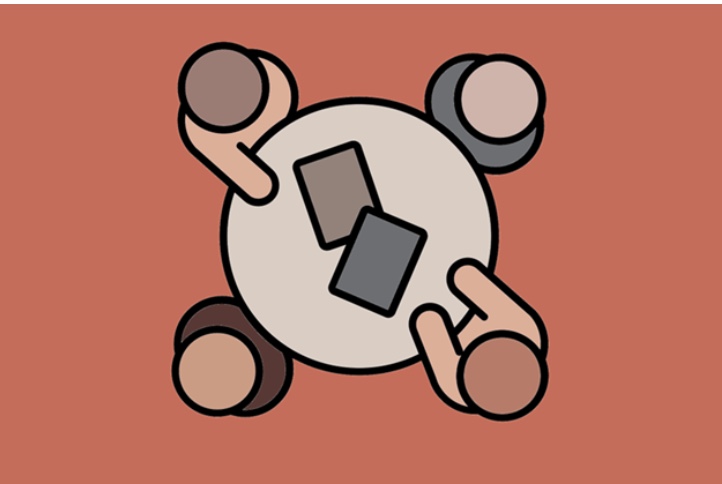
Even though cooperative learning is supported by research, so many teachers struggle with it and eventually give it up. Sometimes the smallest tweak in instructional approaches reaps the biggest impact, and group work is no exception. This post provides 17 small changes that can make a big difference in group work.
Authentic Small Group Discussions with the Real Talk Strategy
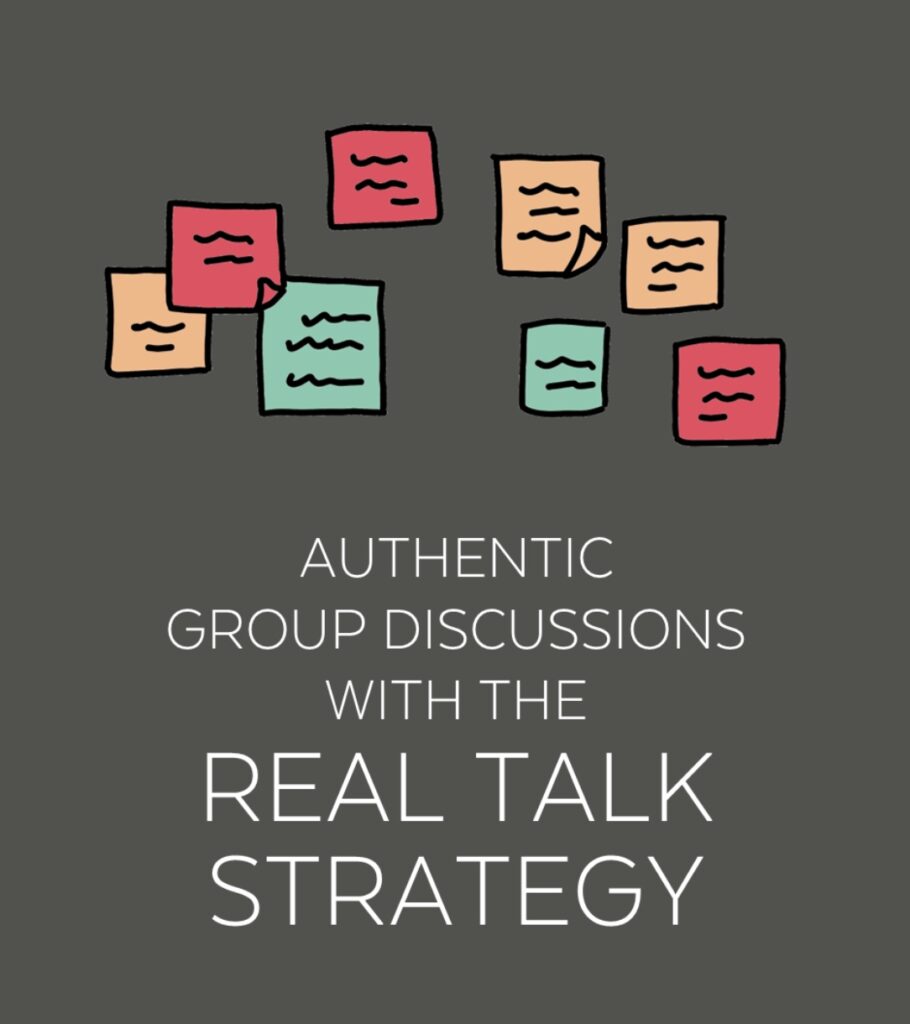
Real Talk is a small group discussion strategy for teachers who are ready to try an alternative to chaotic free-for all discussions and micromanaged role-based formats. In Real Talk, students create their own talking points, write them on sticky notes, and use a Discussion Board as they have their conversation. They are encouraged not to rush through the conversation and to really dig into their ideas. Real Talk works with any grade level and any text.
Hexagonal Thinking Actvities
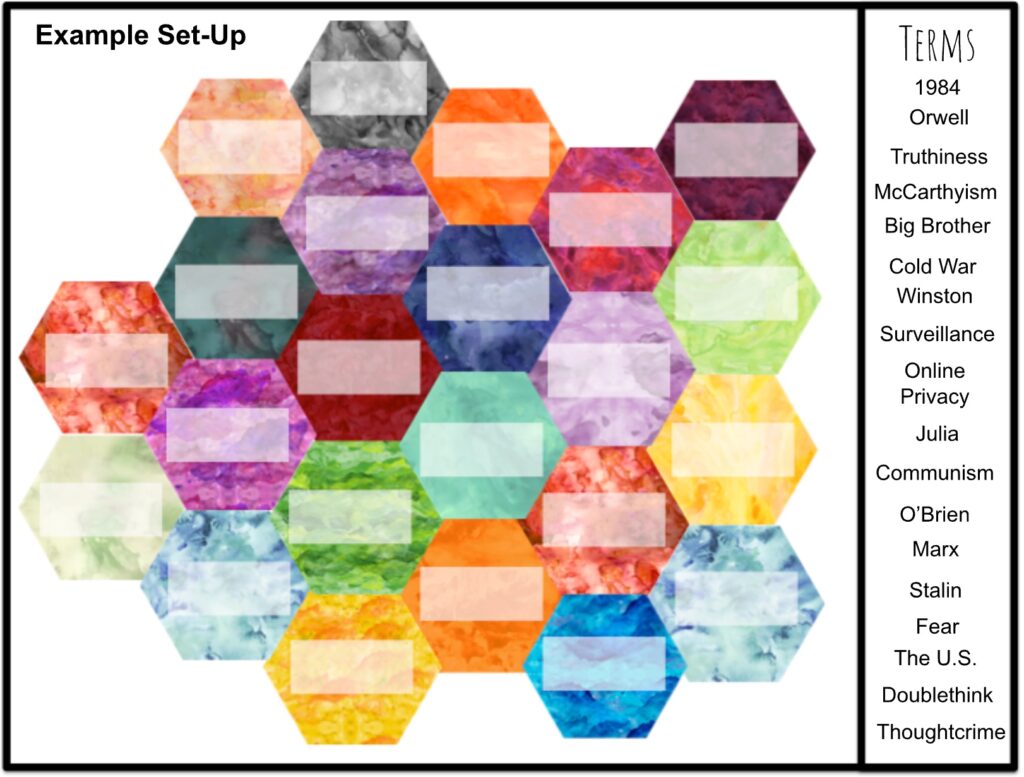
Hexagonal thinking is a simple method that yields big critical thinking results. Kids take a set of hexagons with varied terms, concepts, themes, real-world connections, etc. that relate to your current unit of study, and then link them together into an interconnected web. In pairs, groups, or even alone, they must use their critical thinking skills to decide which hexagons link best to which others.
Station Rotations
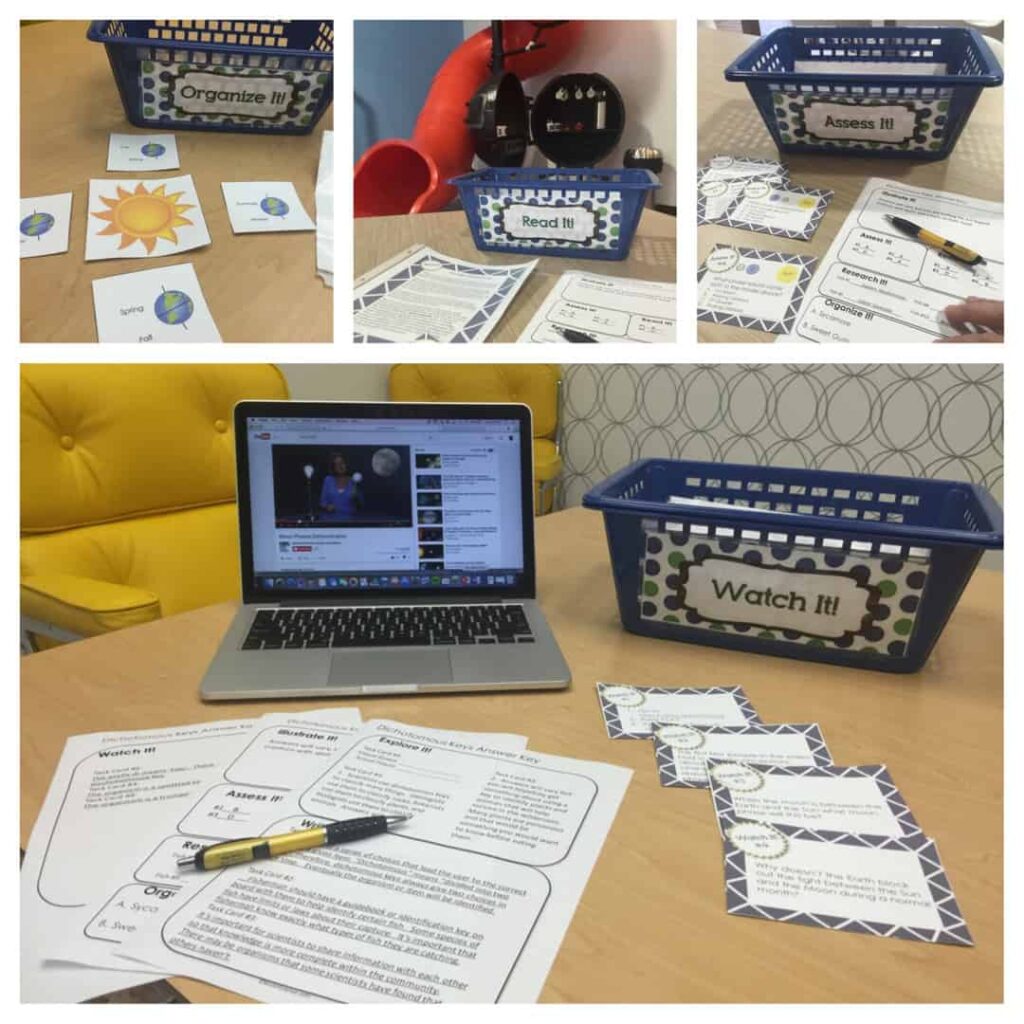
The Station Rotations Model is essentially the secondary version of Learning Centers, which are commonly used in elementary classrooms. Almost any lesson in any content area can be turned into a stations activity. Stations do require more prep than a lot of other activities, but once you’re set up, the lesson takes care of itself…
Nearpod 101 (It’s Not Just for Distance Learning!)
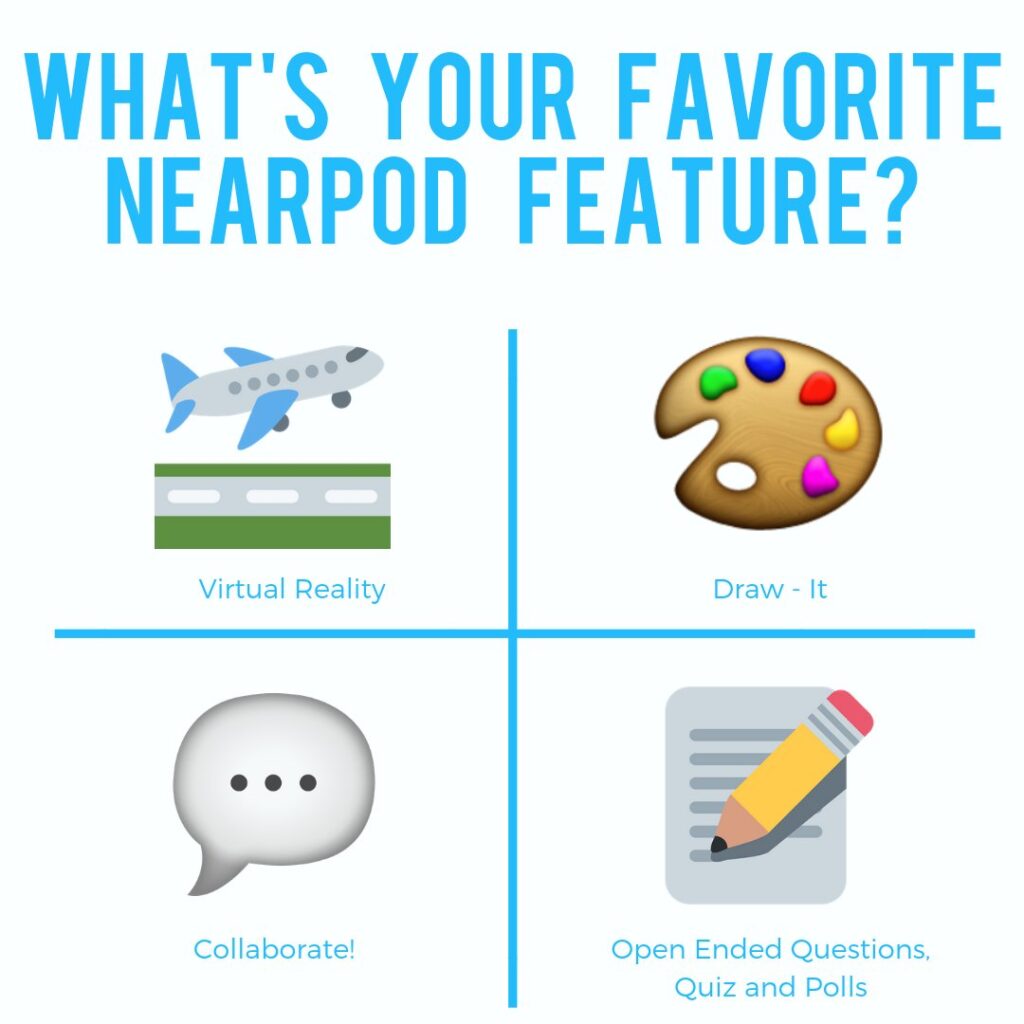
The premium version of Nearpod is now FREE for PUHSD teachers! If you’ve never heard of Nearpod or thought it was just for distance learning, come check out its collection of content and activity features…
Iron Chef EduProtocol

The Iron Chef EduProtocol, modeled after the Iron Chef Cooking show, is a modernized version of the jigsaw. Students work in small groups to read, synthesize create, and present to their peers.
Cyber Sandwich EduProtocol
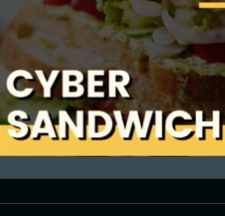
The Cyber Sandwich EduProtocol is a lesson frame in which students work in pairs or small groups to create a collaborative Venn Diagram. They record notes, compare and contrast topics, and summarize what they have read in this structured think-pair-share activity.
Thinking Routines for the Online Classroom
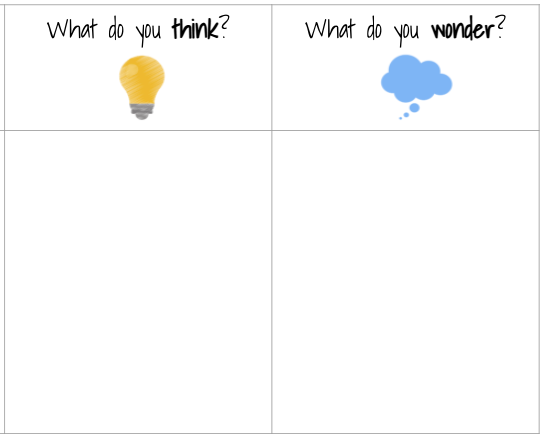
Project Zero at Harvard’s Graduate School of Education has created a collection of Core Thinking Routines as part of their Visible Thinking Project. This post highlights 5 Routines that encourage students to be intentional thinkers and provides a “how-to” document and Google Slides template for each.
Virtual Station Rotation Lessons
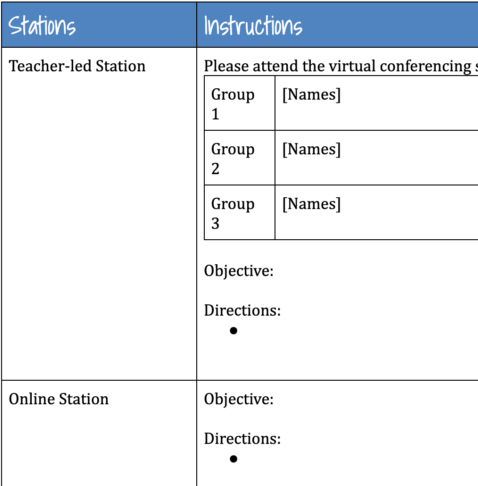
Instead of rotating physically like they would in a typical classroom, virtual station rotations have students shifting from one learning activity to the next. The beauty of the station rotation model lies in the small group dynamic, opportunities to differentiate more consistently, and increased student control over the pace at which they move through individual tasks.
Building a Better Breakout Room
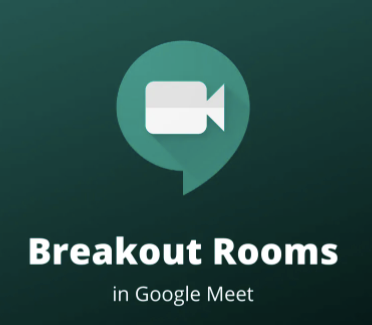
Google Meet now gives you the ability to put students into smaller meetings, or breakout rooms, for small-group discussion and collaboration. But just sending students into these rooms won’t usually get you good results, and teachers all over the world have been learning what works best through trial and error. This resource is a summary of the most common tips.
Creative Ways to Use Jamboard
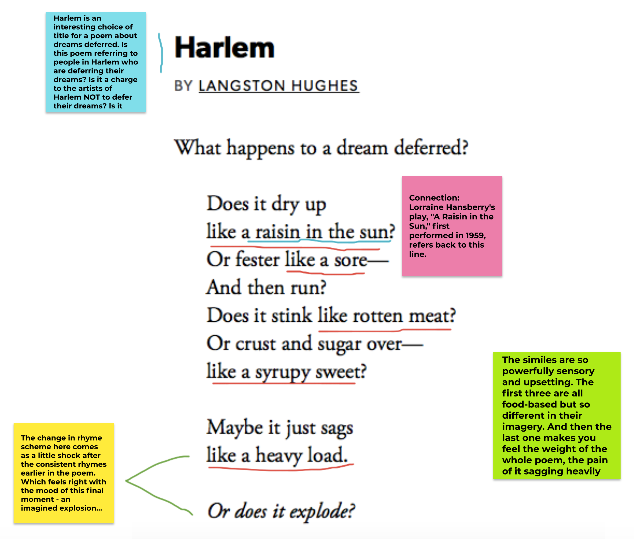
Jamboard is Google’s digital whiteboard that gives students a place to brainstorm and work collaboratively using drawing and writing tools, sticky notes, shapes, images, and more. This resource includes templates and activity ideas including annotations, photo comic strips, voting, pros and cons discussions, Top 10 Lists, and Four Corners.
Silent Discussions
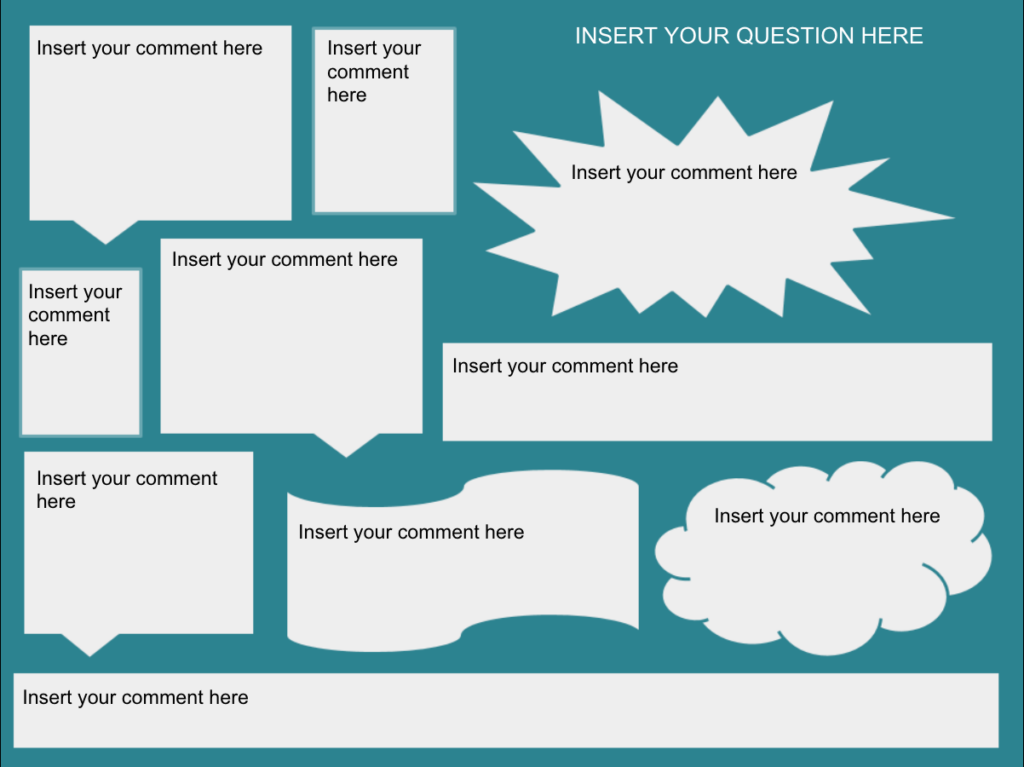
Silent Discussions are a discussion warm-up activity that modifies easily to the online environment. Using the collaborative question slide deck provided, invite each student to add a question to the top of one slide and begin adding responses on others’ slides. You can ask them to respond and read on maybe five slides, and then begin your class discussion based on the questions and answers they’ve already been exploring…
Crumple & Shoot
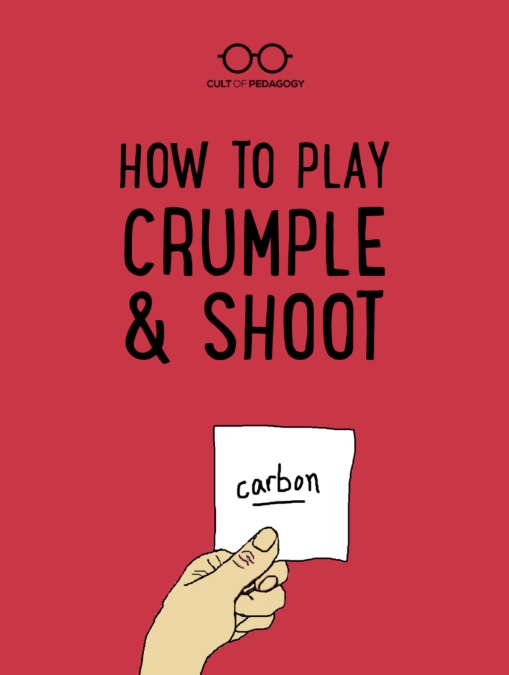
This high-energy, low-tech game can be used in any subject area and is perfect for a review.
Turn & Talk Sentence Frames
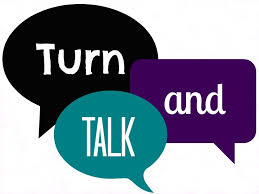
Every 12-15 minutes, students should be given a short amount of time to consolidate their learning. Here are four examples of conversation prompts teachers can give to help them do that.
Send-a-Question

This strategy promotes team building and concept review as well as explorations that are more open-ended. Students work in groups of 3 or 4. Each team “puts their heads together” for a few minutes to develop a question or problem for another team to answer, solve, or respond to. Before they send it to the next team, they must draft an acceptable response to their question…
Problem-Solving Carousel
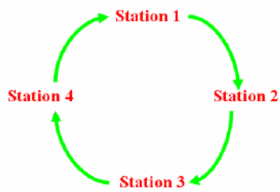
Each station has a different multi-step problem written on a large whiteboard or piece of chart paper. Groups are assigned to a station and begin working together to solve the problem written there. Time is called…
Value Lines – Where do I Stand?

This strategy is a blend of Bend the Line and Philosophical Chairs that has been adapted to promote team building and exploration of the deeper reasoning underlying diverse views. Students are given a provocative statement or claim and must decide to what degree they agree or disagree with it…
5 Ways to Turn a Worksheet into a Collaborative Critical Thinking Activity
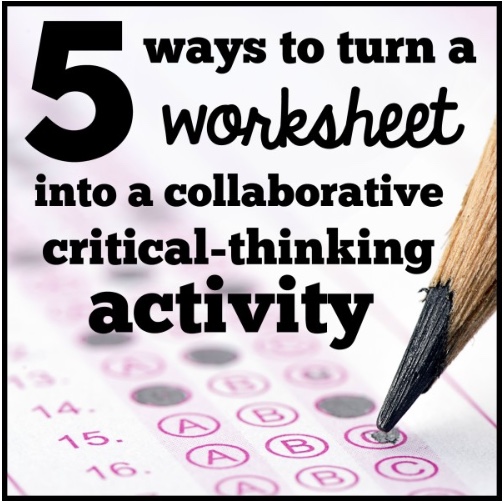
Here are 5 no prep ways you can turn just about any lower level thinking or rote practice worksheet (like a multiple choice or fill-in-the-blank quiz, or math drill workbook page) into an activity that’s collaborative and includes higher level thinking skills. The best part? The activities are engaging for kids and FUN.
Discussion Warm-Ups
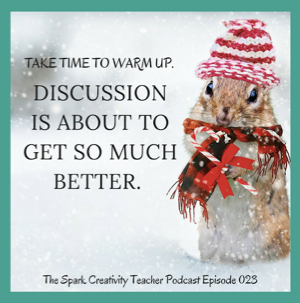
Most students just don’t respond well to walking into class and kicking off a discussion cold-turkey. When you ask a question first thing, silence and awkward eye contact avoidance is most likely all you will get…
The Ripple
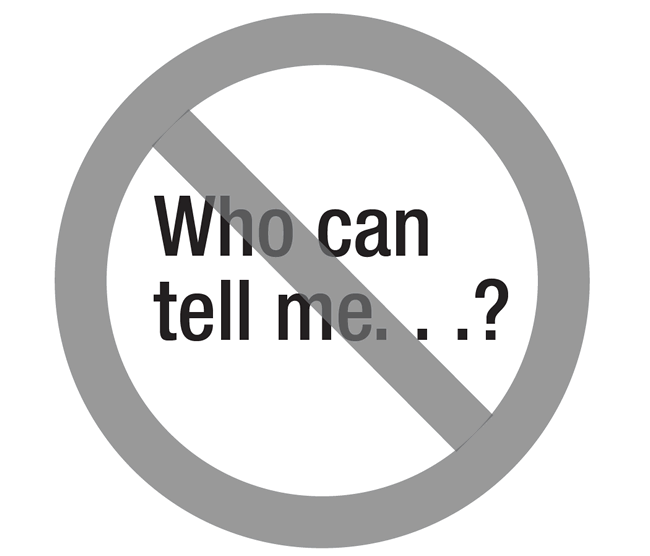
In the traditional question-and-answer approach, a teacher poses a question to the class as a whole and a small handful of eager students respond while everyone else remain disengaged. In this “beach ball scenario”, the teacher doesn’t get an accurate assessment of what the others are thinking or what they have learned until it is too late. Calling on an individual student should be a teacher’s last resort when it comes to classroom discussion.
